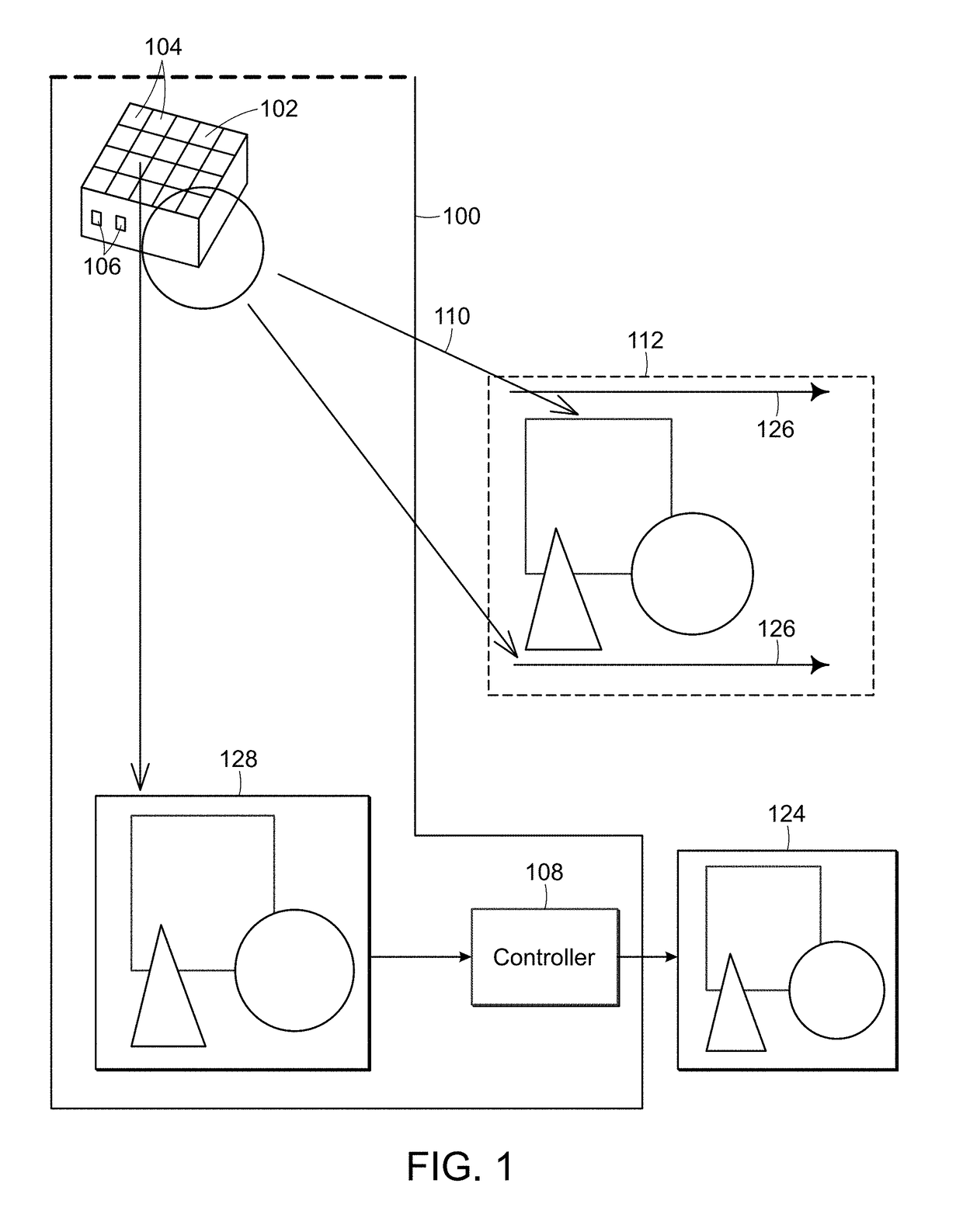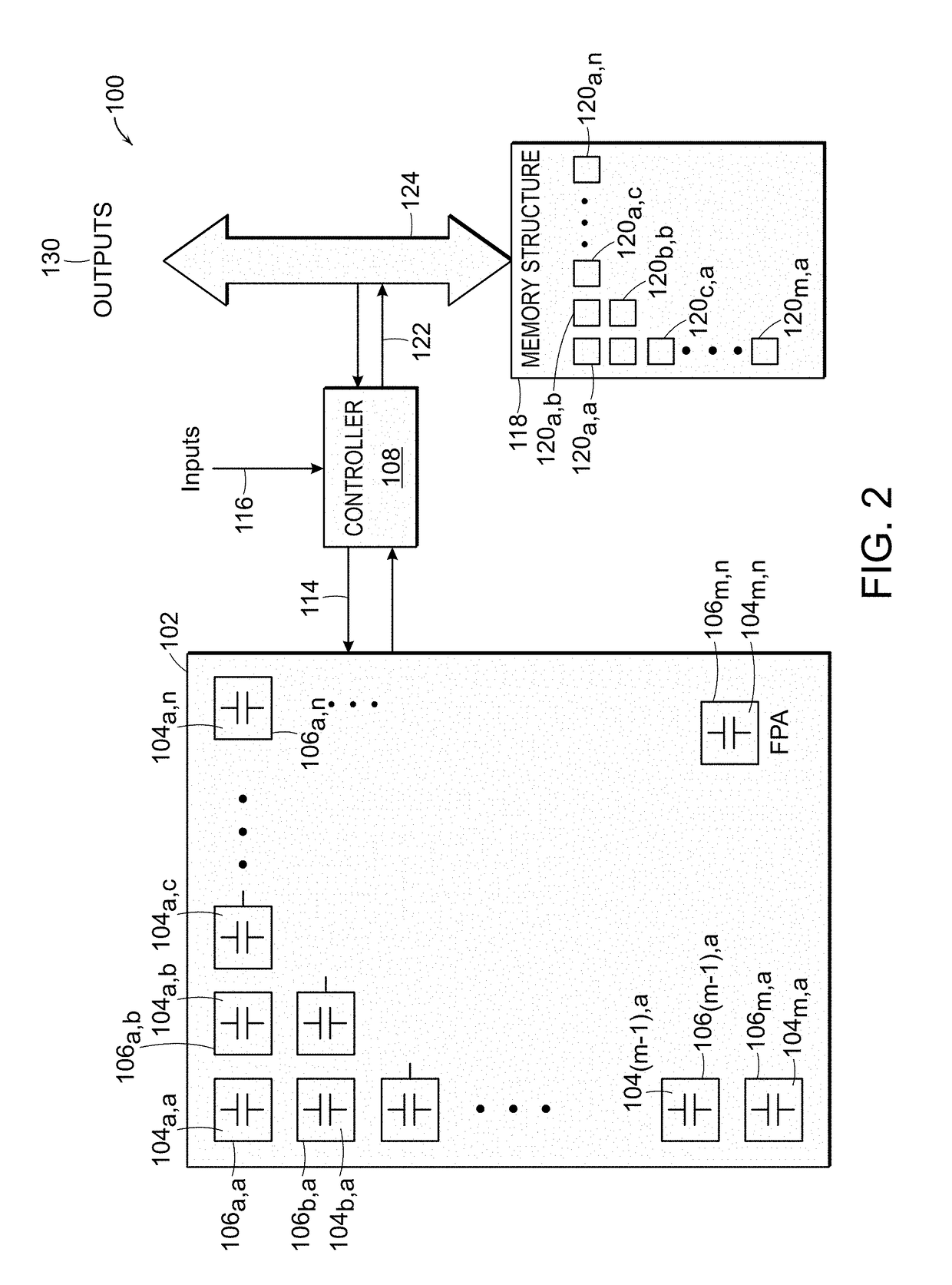System for and method of configurable line scan array imaging
a line scan array and imaging system technology, applied in the field of image acquisition, can solve the problems of increasing the difficulty of restricting an object in the scene to travel within a single tdi row, affecting the quality of image data, and not revealing the implementation of reduced in-scan smear data generation or improvement based on single image acquisition, so as to reduce the in-scan blur image data
- Summary
- Abstract
- Description
- Claims
- Application Information
AI Technical Summary
Benefits of technology
Problems solved by technology
Method used
Image
Examples
Embodiment Construction
[0035]The following discussion of embodiments of enhanced optical imaging using configurable line scan array imaging methods and systems is merely exemplary in nature, and is in no way intended to limit the disclosed embodiments or their applications or uses. Alternatives to the embodiments disclosed may be devised without departing from the scope of the disclosure. For example, several embodiments are described in terms of sequences of actions to be performed by, for example, by a processor or controller (the terms used interchangeably herein). It will be recognized that various actions described herein can alternatively be performed by specific circuits (e.g., application specific integrated circuits (ASICs)), by program instructions being executed by one or more distributed processors, or by a combination thereof.
[0036]Well-known elements of technologies associated with the embodiments will not be described in detail, or will be omitted, so as not to obscure the relevant details ...
PUM
 Login to View More
Login to View More Abstract
Description
Claims
Application Information
 Login to View More
Login to View More - R&D
- Intellectual Property
- Life Sciences
- Materials
- Tech Scout
- Unparalleled Data Quality
- Higher Quality Content
- 60% Fewer Hallucinations
Browse by: Latest US Patents, China's latest patents, Technical Efficacy Thesaurus, Application Domain, Technology Topic, Popular Technical Reports.
© 2025 PatSnap. All rights reserved.Legal|Privacy policy|Modern Slavery Act Transparency Statement|Sitemap|About US| Contact US: help@patsnap.com



